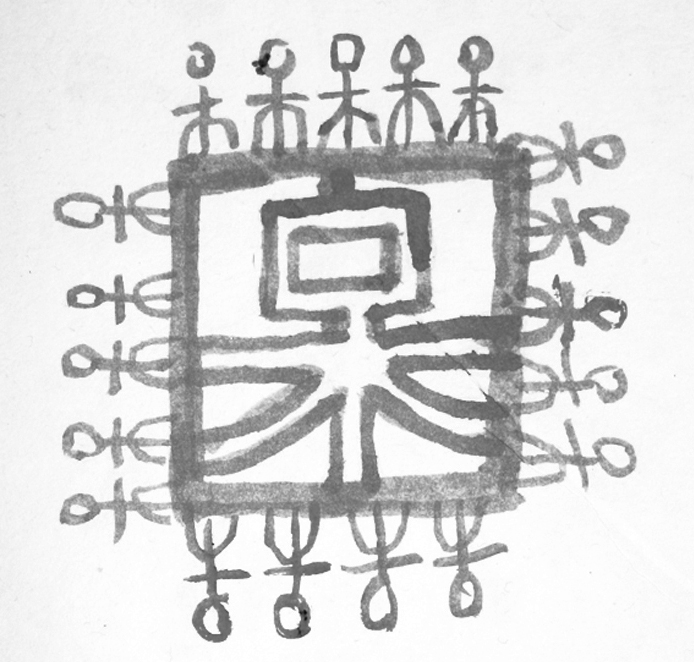Once a master of ink brushstrokes told me, ” for Chinese painting, you started raw, nothing goes your way , you copy master pieces then practice, practice, and practice again, until you became so masterly, so fluent with all aspects of the art…,”, “However,” the master continues “a true Chinese painting master needs to go back to that raw stage to really enjoy the easiness of creativity”. The master also reveals ” never show your stage three in front of the Westerners, because they would take the demonstration as too easy , then your price will suffer”. A similar situation happened when I introduced abstract art, especially Picasso or Pollock to my high school students. One student commented, ” that’s too easy”. It would take me more than just couple classes to explain why they were great artists and why you and I could not be a Picasso or a Pollock by just repeating what they did. Many artists intended to impress viewers with impressive skills, such as realism, amazing composition, and complicated techniques. Stage Three is a famous chef doing home cooking, a jazz musician plays at the sidewalk, a dancer displaying the grace of movement while walking, and artists showing the holistic method of their chosen craft.
I like to quote a paragraph about baseball from ” The Art of Fielding” by Chad Harback. “… And of course the jersey number, Aparicio believed that the number 3 had deep significance….There are three stages: unconscious being. Thought. Return to unconscious being. …Do not confuse the first and third stage. Unconscious being is attained by everyone, the return to unconscious being is attainable by a very few. ”
***

